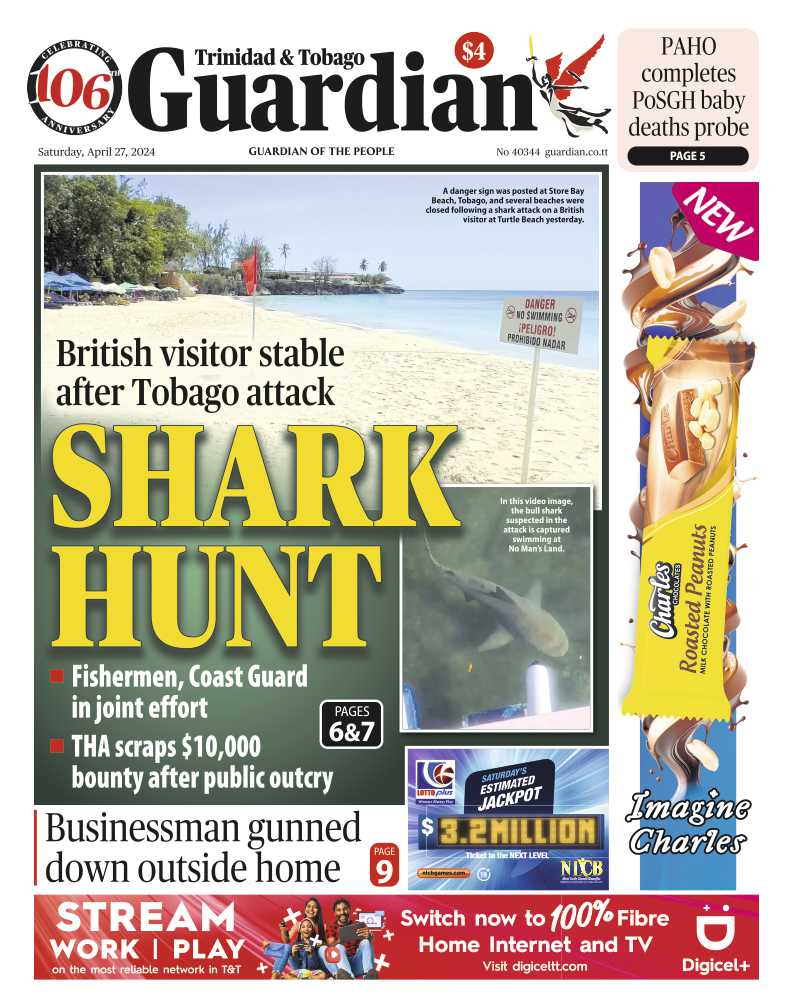Twenty years after failed murder charges from the 1990 coup attempt, Jamaat al Muslimeen leader Yasin Abu Bakr was again charged with murder yesterday. The Muslimeen leader, 69, is now at the Maximum Security Prison–without bail–awaiting trial. A murder charge was dropped on Bakr yesterday, after an inquest at the Port-of-Spain Magistrates' Court in which coroner Nalini Singh delivered a ruling on the May 1998 death of Maraval resident Israel Sammy. Bakr was the subject of the inquest. Murder and treason charges had been filed against Bakr and 113 other Muslimeen members in connection with the 1990 coup attempt.
That was dropped due to the amnesty document involved in the coup attempt and on which the Privy Council subsequently ruled. In 2003, Bakr was charged with conspiracy to murder former Jamaat members Zaki Aubaida and Salim Rasheed. This was dropped. Bakr also has charges on other pending court matters. In yesterday's murder charge development, Bakr's arrest in the morning and subsequent court appearance in the afternoon caused a stir outside the court on St Vincent Street, Port of Spain, as Bakr was taken away and later returned to the court. As police cordoned off the court for Bakr's appearance on the murder charge yesterday afternoon, several blocks across town other officers were undertaking similar action on Nelson Street. This was outside South East Port-of-Spain Secondary School where Prime Minister Kamla Persad-Bissessar was distributing laptop computers.
Earlier in the morning, as the first segment of developments involving Bakr unfolded, police presence around the Port-of-Spain Magistrates' Court immediately doubled after coroner Singh delivered her ruling. After the murder charge was pronounced, Bakr was removed from the court. Bakr was put into a police jeep which had been brought all the way up to the court's entrance to transport him to Central Police Station (CPS for processing. The CPS is located within the old Police Headquarters building on St Vincent Street. That structure was the first point destroyed by the Muslimeen around 6 pm on July 27, 1090, in the failed coup attempt. Dressed in his usual white flowing outfit and fez, Bakr appeared expressionless as he left the court.
One of Bakr's four wives–Indrani Maharaj-Abu Bakr, an attorney–watched from the court's corridor, wearing a worried look. Maharaj-Abu Bakr was accompanied by three Muslimeen members, dressed in black. Under extremely heavy police presence, vehicles taking Bakr to the CPS were delayed briefly by an ambulance taking a stretcher-bound employee from the Attorney General's office to hospital. When traffic began moving, the jeep with Bakr and others–one with police officers standing on the running boad, Secret Service style–took off, sirens blaring for the ride a few yards down the road to CPS. The jeep bearing Bakr headed into the CPS compound via the entrance to the old Police Headquarters on Sackville Street–the same spot where the Muslimeen had detonated a car bomb in 1990, heralding the coup attempt.
Yesterday, when Bakr was returned to the court for arraignment, heavy police presence again swamped the area. Bakr arrived at 2.25 pm in a large white jeep with army officers packed in alongside him. After the brief proceedings in the court, Bakr was taken away in a beige single-cell prisoner's van. Witnessing his departure were three of his four wives–his first wife Aneisa, as well Fatima and fourth wife Indrani. Also present was one of his sons, Fuad. Bakr's third wife Atiyyah was absent. Also absent from the afternoon's events were Bakr's Muslimeen affiliates who normally accompany him. As the prison jeep with Bakr headed off, Fatima Abu Bakr sent a small wave to her husband.
Yesterday, newly-appointed legal counsel to the upcoming inquiry into the events of 1990, senior counsel Avory Sinanan said Bakr's arrest would not impact on the inquiry. The commission was recently initiated. Sinanan said commissioners were anxious to begin work and had, in fact, started with an aspect of seeking memorandum from the public. He said Winsure Building was one of the venues under consideration for the inquiry.

